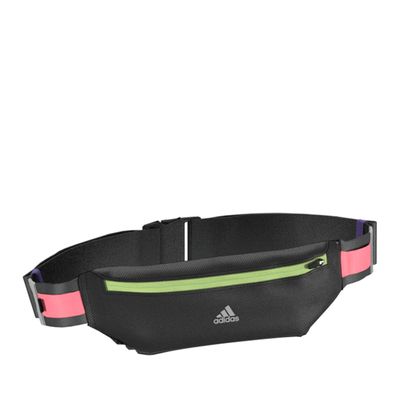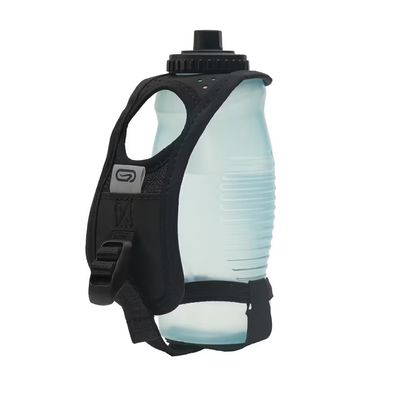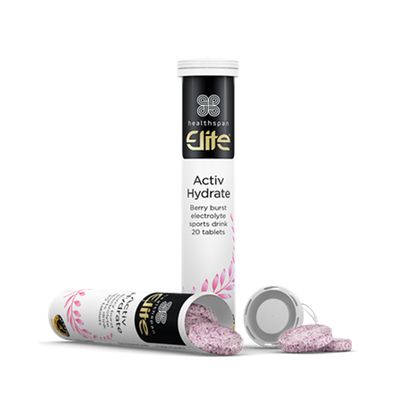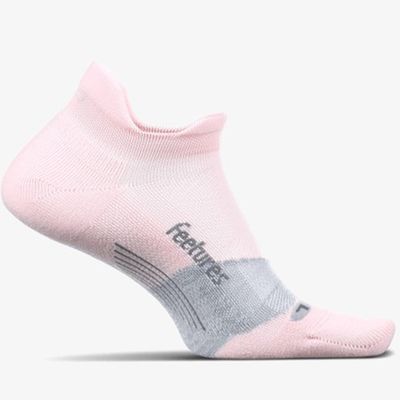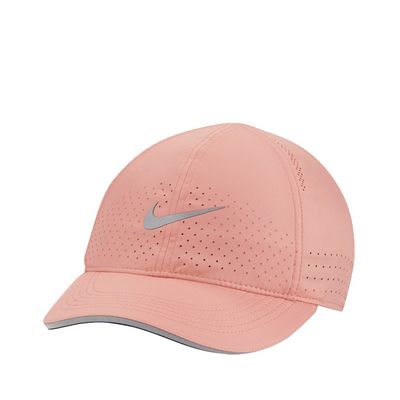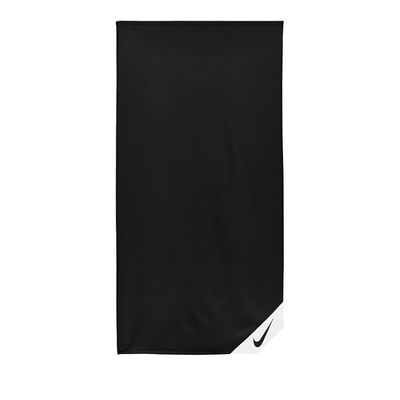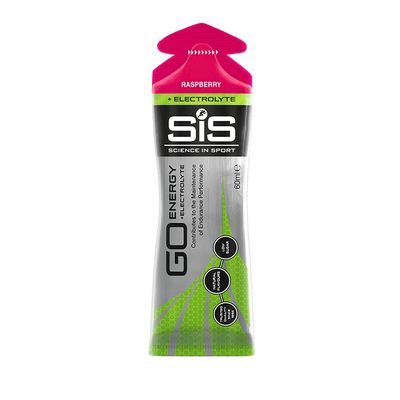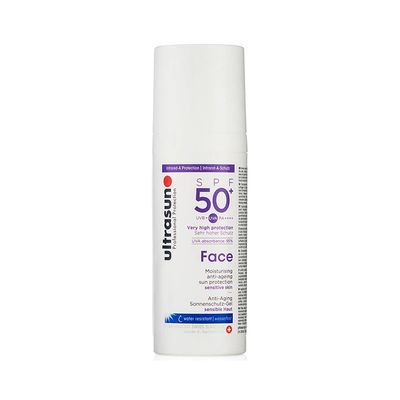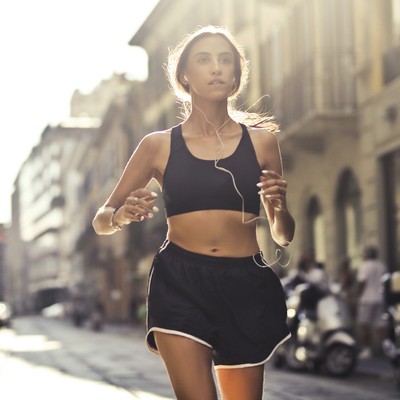

A PT’s Guide To Running In The Heat
All products on this page have been selected by our editorial team, however we may make commission on some products.
Accept That You May Not Hit A PB
“Running in the heat is tough, so listen to your body and accept the fact you may need to slow down. Your blood volume decreases in the heat, supplying less oxygen to your working muscles, ultimately giving you less energy. In turn, this makes your heart and lungs work double time. Heart rate can increase anywhere from two to four beats per minute in 20-25°C and up to ten beats per minute in 25-35°C heat. The fluid we lose through sweat when we run in the heat will also have an impact on both speed and endurance.” – Hannah Lanel, founder of The Fore
Head Out First Thing
“When it’s very hot, starting a run outdoors after 8am will be more challenging. If you want to exercise outdoors, try to start as early as you can. And don’t be deceived into thinking an evening workout is a better option – evening summer temperatures can actually be much hotter than first thing in the morning. A treadmill run is also an option and can be a good opportunity to mix things up.” – Lucie Cowan, PT and master trainer at Third Space London
Stay Hydrated With Electrolytes
“If it’s warm outside, drink at least half a litre of an isotonic drink an hour before your run. When you’re out on the road, drink around 200ml of fluid every 20 minutes. Adding a sachet of Diarolyte to your bottle of water is an inexpensive way to get the electrolytes that will help increase your body’s water-absorption rate and replace the electrolytes you lose in sweat.” – Hannah
Slow Down
“When you’re running in temperatures that are more than 5°C more than what you’re used to, it can slow your running pace by 3%. This is because as your core temperature rises, your blood is diverted to the skin to try and cool you down. This means there is less blood transporting vital oxygen to your working muscles. Everyone’s heat threshold is different, but if the thermometer is reaching 30°C or higher, it may be best to avoid running in these temperatures, unless you’re on a treadmill in an air-conditioned gym.” – Christian Allen, product expert at Runners Need
Avoid Cotton
“Despite being comfortable, cotton absorbs sweat easily and becomes damp and heavy, as opposed to keeping you cool and dry. This is especially true when it comes to footwear. In the heat, choose running socks that are designed to wick sweat, not styles made from cotton that will hold on to it and possibly lead to blisters. Furthermore, sweat-wicking, seamless and breathable are the buzzwords that should spring to mind when you’re choosing your running attire – but ultimately, clothes that are going to keep you cool, covered but not overly hot, are loose-fitting and made from technical fabric are going to serve you best. Some even have UV-reflective properties – a godsend for fair runners.” – Lucie
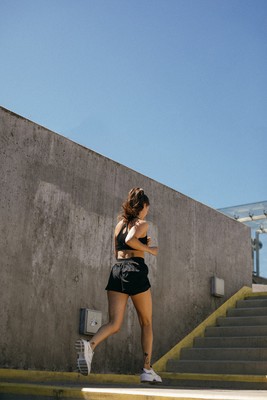
Plan Ahead
“Staying hydrated is vital. In fact, when you’re adequately hydrated, the better the body can remove heat from the body to keep you cool. If you become dehydrated, you limit your body’s ability to remove heat. The process of becoming optimally hydrated before a run doesn’t happen overnight, and you need to start hydrating for a big run around three days before. If you know you’re someone who sweats a lot in the heat, you will benefit from taking in extra salt the day before a run, as this prompts the brain to drink more fluid. Having a few electrolyte-rich drinks a couple of days before will also help.” – Lucie
Be Savvy With Your Kit
“A white cap is a good starting point. Black absorbs the heat, so light-coloured clothing and caps will naturally keep you cooler. A cap is a great way to keep the sun off your face and can easily be submerged in a cold stream or lake to provide an instantly cooling feeling. When it comes to other kit, anything that’s specifically for trail running is a good idea – these pieces tend to be light with good ventilation and pockets for gels and hydration sachets.” – Lewis Moses, running coach for INCUS Performance & founder of RunnerRetreats
Take Time With Your Warm-Up
“It may sound counterintuitive, but a warm-up is just as important in the summer as it is in the winter. A warm-up will give your body the chance to adjust to the heat and allow your heart rate to rise slowly. Take your time with dynamic stretches and gentle jogging to slowly prime the body.” – Lucie
Check The Forecast
“Looking at the temperature is a given, but keep an eye on the wind, too, and use this to your advantage. This one takes a little forward planning, but it’ll make those last few miles feel so much more bearable. Start with the tailwind behind your back so that when you’re on the way back – or on the second half of your loop – feeling tired and hot, you’ll have the wind in your face to cool you down.” – Lucie
Have A Cold Shower
“Cool down as quickly as possible after running in the heat. You may finish your run (or any cardio session) with your usual series of stretches, and while they are important, physically cooling your body as quickly as possible is far more important. Try and have a cold shower as quickly as you can after the run to get the inflammation away from your joints and muscles and bring your core temperature down as efficiently as possible.” – Lucie
Ultimately, You’ll Reap The Rewards
“Running in the heat gives a similar effect to running at altitude where your body has less oxygen in the air to breathe in. This makes your body undergo physiological adaptations in order to be able to work with less oxygen. To put it simply, the body learn how to do more with less. These adaptations include a lowered rate of perceived exertion, a decrease in salt in your sweat, higher blood plasma volume, and a reduced heart rate at a given pace. This will all result in an ability to run faster in cooler temperatures – come the autumn, you’ll be a stronger runner.” – Hannah
For more information visit The-Fore.co.uk, ThirdSpace.London, RunnersNeed.com & INCUSPerformance.com.
Shop The Product Edit
DISCLAIMER: We endeavour to always credit the correct original source of every image we use. If you think a credit may be incorrect, please contact us at info@sheerluxe.com.
